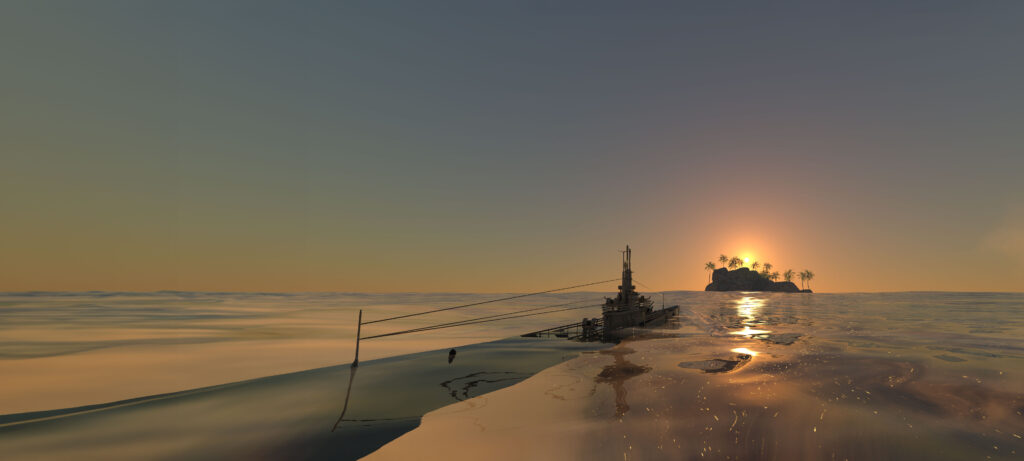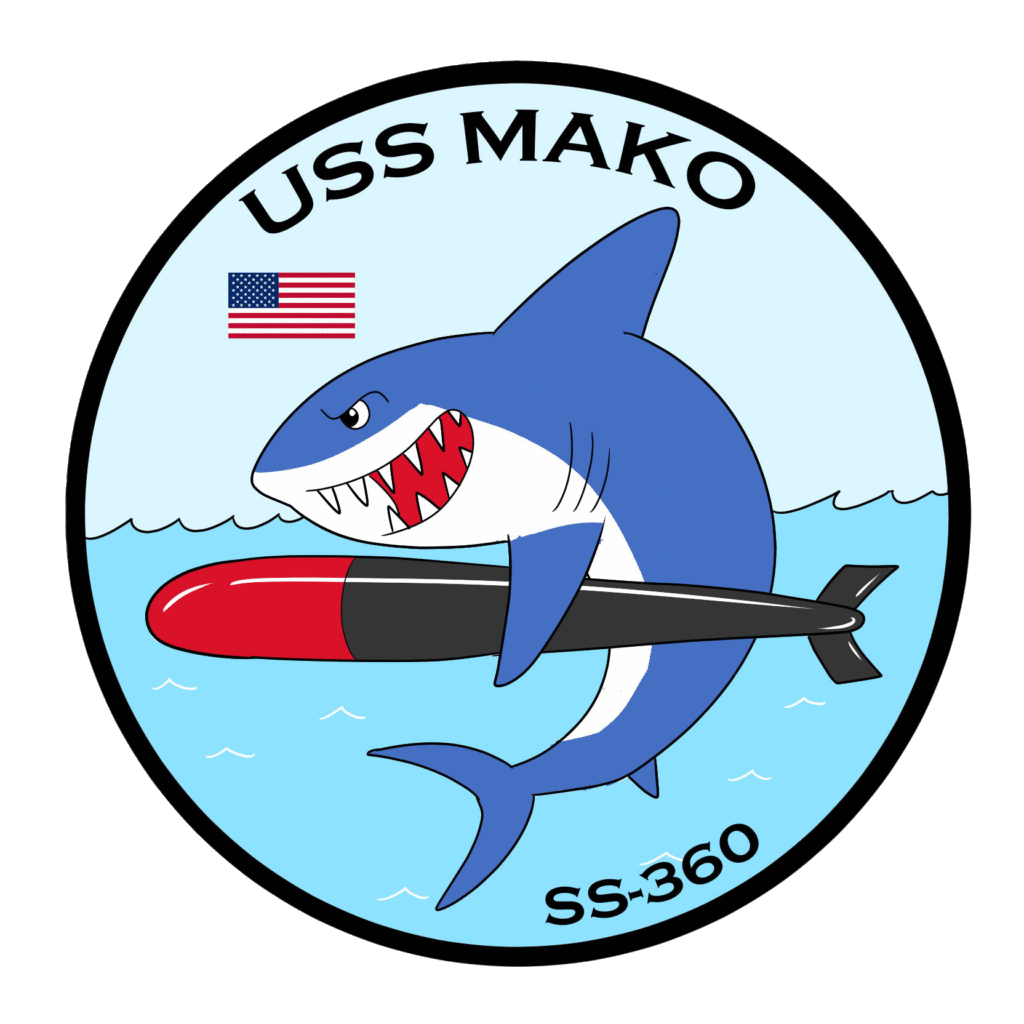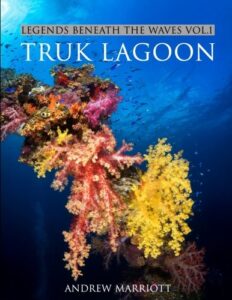
currently known as Chuuk Lagoon
A DIVE INTO HISTORY AND ADVENTURE
The islands of Chuuk Lagoon and its encompassing atoll rise from the deep blue abyss of the South Pacific Ocean. Situated 3,500 miles southwest of Honolulu, Hawaii, this enchanting archipelago is one of the most spectacular but rarely visited gems of the Caroline Islands, Federated States of Micronesia.
The lagoon is an oasis of vibrant marine life, stunning natural landscapes, and a welcoming community. However, what sets Chuuk apart from so many of the other beautiful islands of the South Pacific is its fortuitous place in world history.
NATURE'S BOUNTY

Chuuk’s tropical climate ensures warm temperatures year-round, with gentle trade winds providing a refreshing respite from the sun’s rays. Each island abounds with lush flora and fauna and offers endless opportunities for exploration and adventure. Whether hiking through verdant jungles or sunbathing on secluded beaches, visitors are astonished by the atoll’s breathtaking splendor.
CULTURAL ENCOUNTERS
Beyond its natural wonders, Chuuk Lagoon boasts a colorful tapestry of culture and customs. It is believed the islands were first inhabited between the first and second centuries BCE. The first Europeans to glimpse this remote paradise were the Spanish in 1528, but they did not set foot on the atoll’s sandy beaches until 37 years later when, as part of the Caroline Islands, they were claimed for the Spanish Empire.
Spain controlled the islands for the next three hundred years. Still, as several warring tribes populated the atoll, the European explorers never established a permanent settlement. Only save a small population of foreign traders, and missionaries dared to make Truk their tropical residence.
In the late 19th Century, the Caroline Islands came under the rule of the German Empire, but that was short-lived as the Empire of Japan took possession of Truk, along with several other South Pacific Island groups, after the First World War.
With control over these strategic island chains strewn across the southern region, the Imperial Japanese Navy began to systematically expand its military forces westward, which, it might be argued, paved the way for the Empire’s planned conquest of Southeast Asia.
Despite its turbulent past, Chuuk inhabitants are well known for their warm hospitality and welcoming visitors to experience their vibrant island life. From traditional dance performances to artisanal crafts, every moment offers a glimpse into the islanders’ rich culture and heritage.
OPERATION HAILSTONE

Known as Truk Lagoon in the early 20th Century, the atoll became a substantial naval base for Japan’s military expansion across the region. Encircled by 140 miles of barrier reef, this natural harbor has an average depth of 130 feet. Eleven major islands and over forty smaller ones are sprinkled across over 800 square miles of crystal-clear water. The reef system is nearly impregnable, save for several well-known shipping channels. Considering these aspects, it is understandable why Japan’s Imperial Navy converted Truk into their paramount stronghold. 
Unfortunately for Japan’s military planners, the importance of Truk did not go unnoticed by the Allied forces. In February of 1944, the atoll was attacked by American forces in one of the war’s most critical battles, Operation Hailstone. Over two days, a relentless assault from American aerial bombers and warships laid waste to the Japanese installations across the islands and throughout the lagoon. The operation sent over 40 warships and merchant marine vessels to the bottom of the atoll. These losses were a devastating blow to the Imperial Navy and helped pave the way for American forces to move swiftly across the Pacific and toward the home islands of Japan.
A DIVER'S PARADISE

For scuba enthusiasts and underwater photographers, Chuuk Lagoon offers an unparalleled opportunity to explore some of the world’s most renowned shipwreck sites. Since 1969, when famous explorer Jacques Cousteau sent his divers to investigate the lagoon’s ghost fleet of sunken warships and aircraft, the world has been captivated by these sacred waters and their steel monuments to the horrors of war.
But with its crystalline waters, postcard-perfect beaches, and incredible history, the atoll can be a captivating destination for anyone, whether or not you want to slip on a diving mask, snorkel, and a pair of swim fins. From the bustling city of Weno on Moen Island to the pristine shores of Fefan and Udot, Chuuk beckons travelers to explore its diverse landscapes and cultural heritage.
A PLACE TO VISIT
With its astonishing beauty and incredible history, Chuuk Lagoon represents the brutality of war and nature’s unique ability to rejuvenate and heal. Whether you swim with sea turtles and manta rays, explore the wrecks of warships, or hike through the island’s lush jungles, this sacred paradise will change you.
Further Reading









